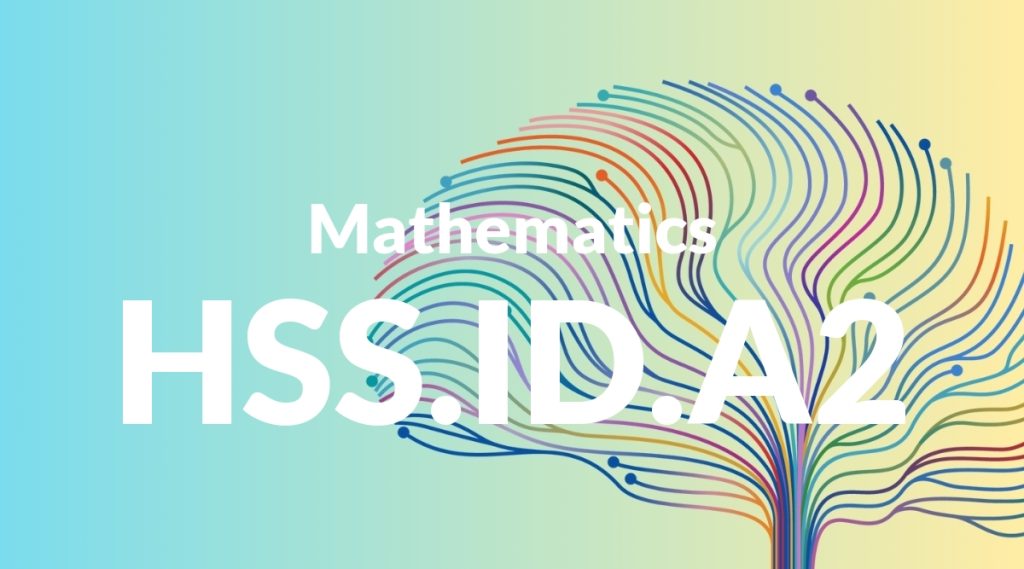Standard: HSS.ID.A2 – Use statistics appropriate to the shape of the data distribution to compare center (median, mean) and spread (interquartile range, standard deviation) of two or more different data sets.
Grade level: High School: Statistics & Probability
Subject: Mathematics
Domain: Interpreting Categorical & Quantitative Data
Teacher Overview
This standard focuses on using appropriate statistical measures to compare data sets. Understanding how to choose the right measure of center and spread based on the data distribution is crucial for accurate data analysis. This skill is essential for students as it lays the foundation for more advanced statistical methods and real-world data interpretation. Before tackling this standard, students should be comfortable with basic statistical measures such as mean, median, mode, range, and standard deviation. They should also understand how to interpret different types of data distributions and graphical representations like histograms and box plots.
After mastering this standard, students will be equipped to apply their understanding of data analysis to more complex statistical methods, such as hypothesis testing and regression analysis. They will also be able to critically analyze real-world data sets and make informed decisions based on their findings.
Common Misconception 1
A common misconception is that the mean is always the best measure of central tendency. This is incorrect because the mean can be heavily influenced by outliers in skewed distributions, making the median a better measure in such cases.
Intervention 1
To address this misconception, provide students with skewed data sets and ask them to calculate both the mean and median. Discuss why the median is a more accurate measure of central tendency in these cases and use visual aids to reinforce the concept.
Common Misconception 2
Another common misconception is that standard deviation and interquartile range are interchangeable. This is incorrect because standard deviation measures the spread of data around the mean, while interquartile range measures the spread of the middle 50% of the data, making them suitable for different types of data distributions.
Intervention 2
To remediate this misconception, use examples where each measure is more appropriate. For instance, show how standard deviation is useful for normally distributed data, while interquartile range is better for skewed data. Use visual aids like box plots and histograms to illustrate these differences.
Prerequisite Knowledge
Students should understand basic statistical concepts such as mean, median, mode, range, and standard deviation. They should also be familiar with different types of data distributions and how to interpret graphical representations like histograms and box plots.
Subsequent Knowledge
After mastering this standard, students will be able to apply their understanding of data analysis to more complex statistical methods, such as hypothesis testing and regression analysis. They will also be prepared to analyze real-world data sets critically and make informed decisions based on their findings.
Instructional Activities
- Analyze test scores from different schools and discuss which measures of center and spread are most appropriate.
- Compare sales data from different months and determine the best time for product launches.
- Evaluate the effectiveness of different marketing campaigns using statistical measures.
- Compare the performance of sports teams over a season using mean, median, interquartile range, and standard deviation.




